
|
21 places on the mainroute where
we can experience Japanese history
|
|
The basic concept of the Main Route of
Rekishi Kaido is a "time trip".
A long stretch of approx. 300km, the Main
Route passes through Ise, Asuka, Nara, Kyoto,
Osaka, and Kobe as Japan's representative
historic cultural cities, allowing tourists
to trace the footsteps of past eras in the
time sequence of occurrence.
Japan has amalgamated its unique culture,
stimulated by exchange with different cultures
for over 2000 years. The Main Route is divided
into five areas according to time period,
through which one can trace Japanese culture
to its sources. |
| The Ancient Time Area(before the 7th century) |
This is the first area of Rekishi Kaido,
reaching from Ise to Asuka. It includes the
Horyu-ji Temple, the oldest wooden temple
in the world and the Grand Shrines of Ise,
the largest in Japan, both of which were
built before the 7th century.
Bruno Taut(1880-1938), a world-renowned
architect, gave his highest praise of the
Grand Shrines of Ise for their architectural
value, referring to it as the ultimate work
fo art with ultimate simplicity. The Grand
Shrines are made of natural (unvarnished)
wood. Every 20 years, in a big ceremony called
Shikinen Sengu, a new shrine is built, and costumes and
sacred objects are remade. This ceremony
conveys the Japanese prefecture for raw,
natural materials which an be called the
culture of kinari
Located in the south of Nara prefecture,
Asuka is a place where Buddhism and other
aspects of culture were introduced from the
Asian Continent. Here are a number of relics
deriving from China and Korea, such as the
Takamatsuzuka old tomb mound, the wall paintings
of which astonished the world with their
splendor, and the elegant Buddhist image
statues at Asuka Temple.
It was in the 6th and 7th centuries, when
Asuka was the capital of ancient Japan, that
Buddhism and Shintoism began to coexist in
the hearts of Japanese people.
|
 |
| 1 Ise |
|
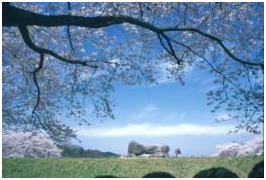 |
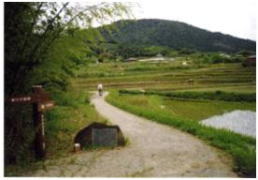 |
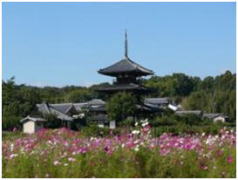 |
| 2 Asuka |
3 Yamanobe-no-miti trail |
4 Ikaruga |
| The Nara Period Area (8th century) |
The second historical area is Nara, a city
which has many vestiges of exchange with
Greece, Persia, India and other contries
on the continent through the Silk Road.
In Nara, a large-scale capital modeled
after the Chinese city of Changan built under
the Tang Dynasty was erected in the 8th century,
The extensive remains of the old capital
have been preserved, and excavation work
continues.
The world's largest wooden architecture,
Daibutsuden, which houses one of the world's
largest images of Buddha, is located here
in Nara.
|
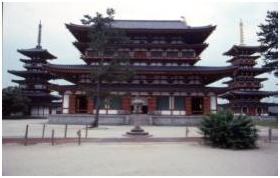 |
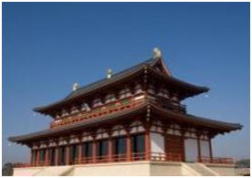 |
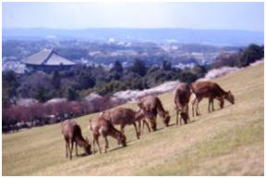 |
| 5 Nishinokyo |
6 The site of Heijokyu |
7 Around Nara-park |
The Heian Period to Muromachi Period Area
(8th to 16th centuries) |
The third historical area is Kyoto, a city
which entertains a constant stream of tourists
from abroad . It was when Kyoto was the capital
of Japan that the culture particularly suited
to the climate and human nature of Japan
developed.
In Kyoto, which became the capital in the
8th century, flourished the glorious culture
of the aristocracy as illustrated in historical
picture scrolls.
A phonetic alphabet for the Japanese language,
kana, which was created between the 9th and 11th
centuries, is an excellent example of Japanese
cultural originality . A number of novels,
essays and poems were written in this kana alphabet, including "The Tale of Genji"-Japan's
most famous epic novel by a woman writer,
which has been introduced to the world through
translations such as the one by the British
author Mr. Willis.
From the 15th to the 16th century, Ikebana (flower arrangement) and Chanoyu (tea ceremony) became popular. The brilliance
of the golden temple Kinkaku-ji,
the magnificence
of grand Buddhist architectures
such as Daitoku-ji
Temple and the profundity of
Zen temples
such as Ryoan-ji Temple, famous
for its rock
garden-all these are close to
the heart of
even modern Japanese culture.
|
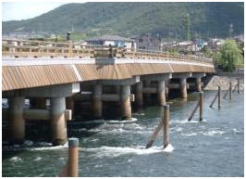 |
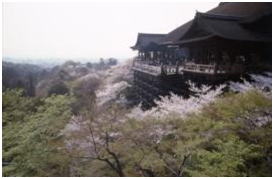 |
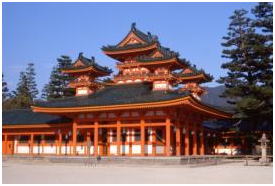 |
| 8 Uji |
9 Higashiyama |
10 Okazaki |
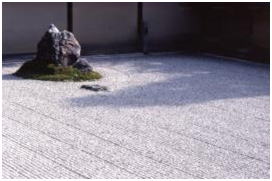 |
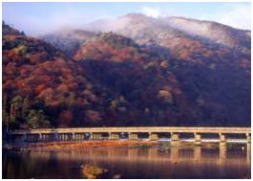 |
| 11 Kinukake-no-michi |
12 Arashiyama/Sagano |
| The Warring Period to Edo Period Area(16th to 19th centuries) |
The leading players during this period
were samurai warriors. The central power collapsed late
in the 15th century, followed by an era of
power struggles and civil wars. During this
Warring Period, the introduction of guns
from abroad substantially changed the methods
of war and of fortress construction.
This period also saw surging waves of popular
culture in a variety of forms: performing
arts such as Kabuki and Bunraku (puppet show); such literature as Haiku and Ezoshi (picture books); and new styles of fashion
and food.
Osaka, as the country's largest commercial
city, has many spots of historical interest
such as Osakajo Castle, Tekijyuku-a school
for Western sciences which educated many
talented people such as Yukichi Fukuzawa
who contributed to the modernization of Japan-and
a special theater for Bunraku.
|
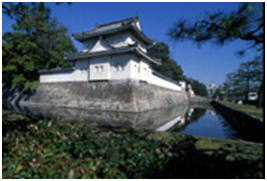 |
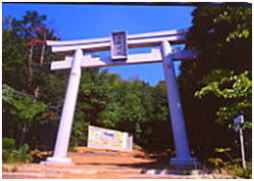 |
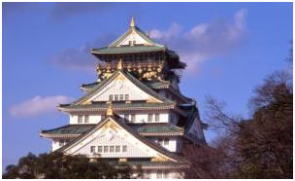 |
| 13 Nijojo Castle |
14 Tennozan |
15 Osakajo Castle |
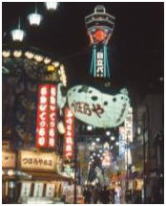 |
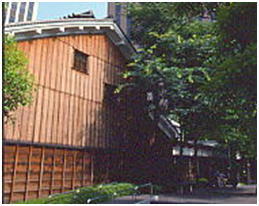 |
| 16 Dotonbori |
17 Tekijuku |
| The modern Period Area (19th century onward) |
Spanning from Osaka to Kobe, the fifth
area has been a center for Japan's modernization.
Historically Kobe became a major doorway
to the world late in the 19th century when
Japan re-opened itself to foreign contact.
Since then, Kobe has been a leading port
for foreign trade in Japan. After three hundred
years of seclusion, Japan allowed Western
civilization to pour in. The antique Western
style buildings in Kobe convey the atmosphere
of Meiji's early days of modernization.
|
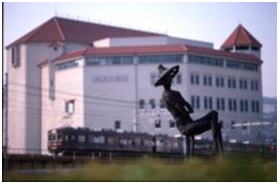 |
| 18 Takarazuka |
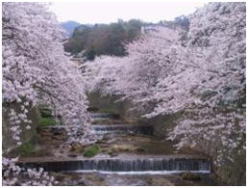 |
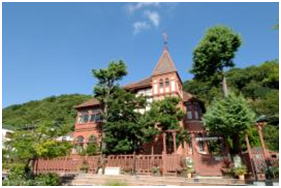 |
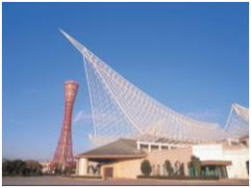 |
| 19 Arima Hot springs |
20 Kitano-Ijinkan |
21 Kobe Harbor |
|